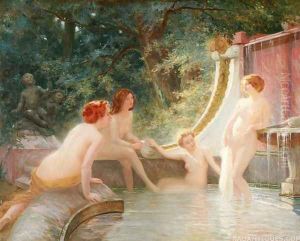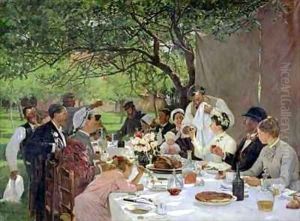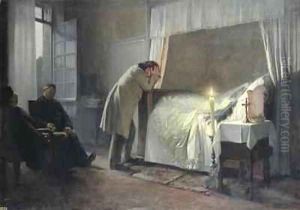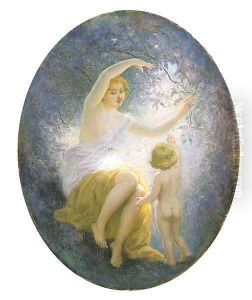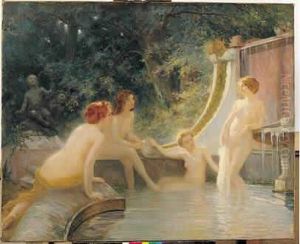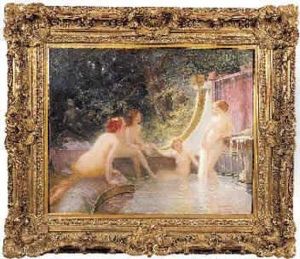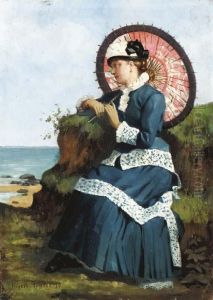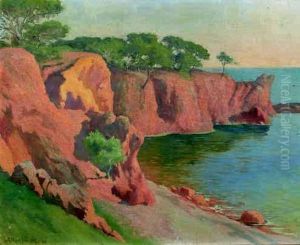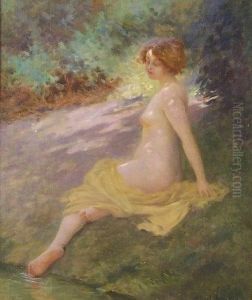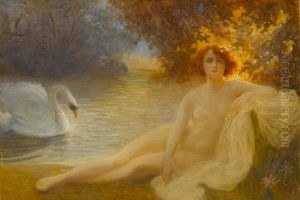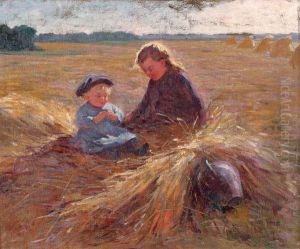Albert-Auguste Fourie Paintings
Albert-Auguste Fourie was a French painter and sculptor, born in 1854 in the town of Belfort, France. During his early years, he demonstrated a keen interest in the arts, which led him to pursue his education at the École des Beaux-Arts in Paris. Fourie's artistic journey was deeply rooted in the academic tradition, yet he was not immune to the influences of the evolving art movements of his time, such as Impressionism and Post-Impressionism.
Throughout his career, Fourie became well-known for his detailed and emotive representations of military scenes, historical events, and rural French life. His experiences and observations of the Franco-Prussian War (1870-1871) profoundly impacted his thematic choices, leading to a series of works that depicted the trials and tribulations of war. Fourie's art was characterized by its realism, attention to detail, and a strong sense of empathy for his subjects.
In addition to his war-related works, Fourie also explored various other themes, including landscapes, portraits, and genre scenes. His ability to capture the essence of French rural life, with its traditions and daily routines, garnered him significant acclaim. Fourie's works were exhibited in numerous salons and galleries across France, earning him a respected place among his contemporaries.
Despite his success, Fourie remained dedicated to his craft, continuously refining his techniques and exploring new subjects. His sculptures, though less known than his paintings, also demonstrated his versatility and skill as an artist. Fourie's contributions to French art were recognized by his peers, and he was awarded several honors throughout his lifetime.
Albert-Auguste Fourie passed away in 1937, leaving behind a legacy marked by his commitment to portraying the human experience with authenticity and compassion. His works continue to be celebrated for their historical significance and artistic merit, offering insights into the social and cultural dynamics of his time.
